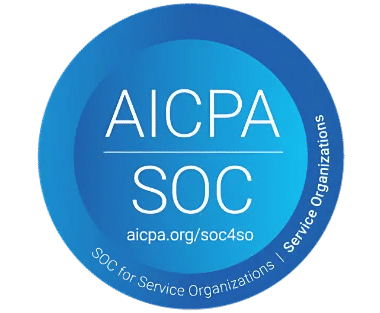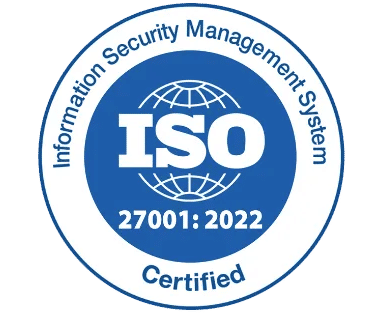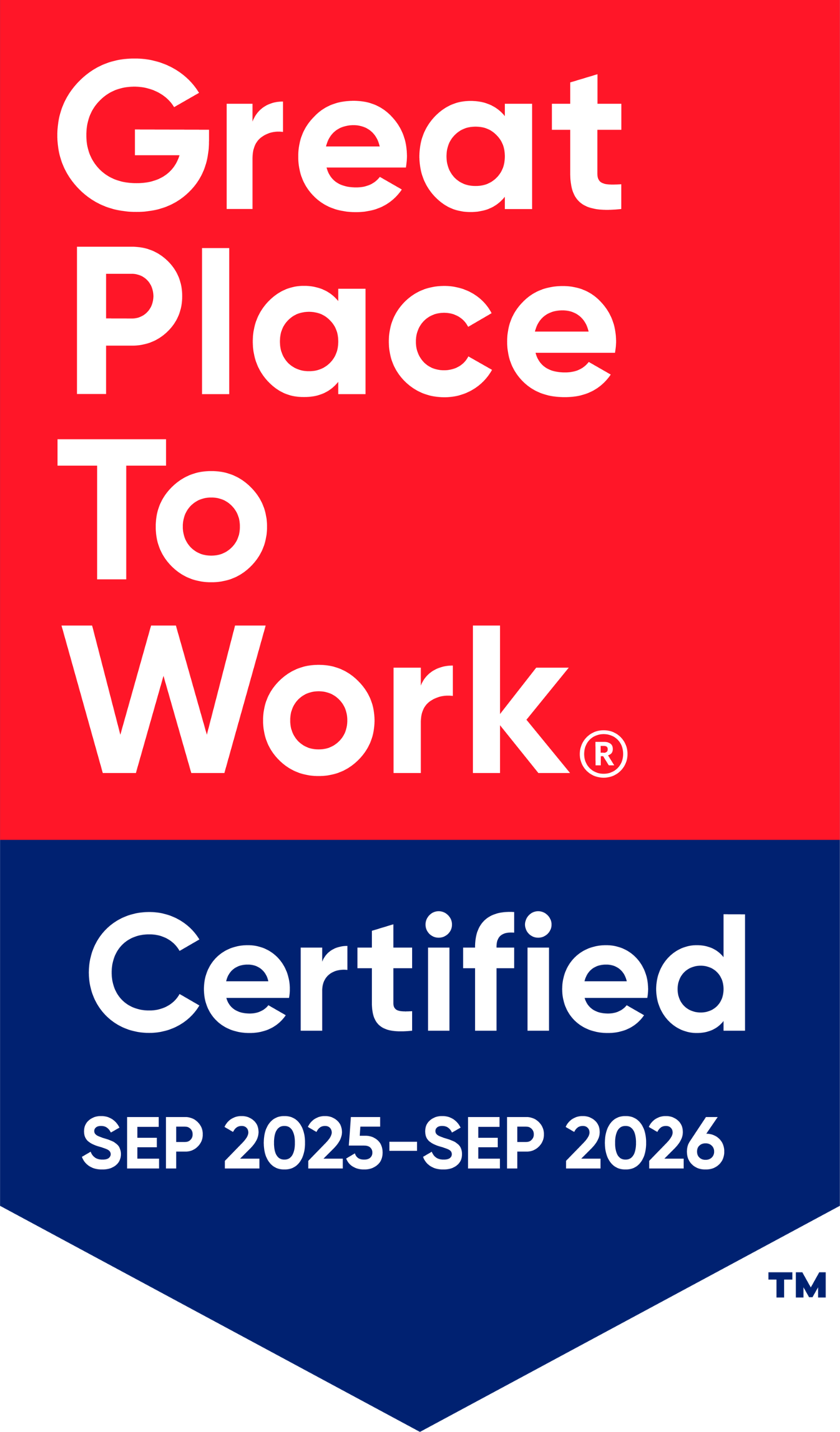New Ways Cities Lead: Forms of Municipal Government

Cities shape daily life, fueling community growth and fresh ideas. Learning how cities organize leadership through different forms of municipal government shows how local choices impact everyone. This article explores different types of municipal government systems. It explains how each type influences city management, public involvement, local progress. Discover why understanding these structures matters to citizens, officials, business professionals alike.
- According to the National League of Cities (2023), 65% of U.S. cities use mayor-Council.
What Are Forms of Municipal Government?
Forms of municipal government describes how cities organize leadership and decision-making. These systems decide who leads, how choices happen, how public services get managed. Common types include:
- Mayor-Council
- Council-Manager
- Commission
- Town Meeting
Each offers a unique way for cities to serve citizens, handle resources, face challenges.
Understanding Municipal Government Matters:
Local government influences everyday life, shaping public safety, education, transportation, and recreational spaces. Knowing your city’s government form helps residents understand:
- Who decides policies
- How rules get approved
- Ways to connect with leaders
- Where to find city service info
For officials and business owners, this understanding clarifies communication paths while simplifying decision steps, making teamwork easier.
Popular Forms of Municipal Government:
1.Mayor-Council Government: One of the oldest, most common models. An elected mayor serves as the city’s chief executive, while an elected council performs legislative duties.
Strong Mayor: Holds major power, including budgeting and hiring
Weak Mayor: Holds limited executive power, shares decision-making responsibilities with the council.
Benefits:
- Clear leadership with a strong executive
- Direct accountability to voters
Challenges:
- Possible conflicts between mayor and council
- Risk of politicized decisions.
2.Council-Manager Government: A professional manager runs daily operations, while an elected council sets policies and hires the manager.
The manager handles administration, ensuring smooth operations. Meanwhile, the council focuses on policy making and engaging with the community.
Benefits:
- Efficient, professional management
- Council represents public interests
Challenges:
- Residents might experience a weaker sense of connection to everyday management.
- Manager is appointed, not elected
3.Commission Government: Elected commissioners each oversee a specific department like public safety or finance.
- Commissioners have both legislative and executive roles
- Decisions made collectively on operations
Benefits:
- Clear responsibility for specific services
- Citizens know who manages each area
Challenges:
- Leadership can be fragmented
- Citywide planning may lack coordination
4.Town Meeting Government: Common in smaller towns, this model lets citizens participate directly in legislative decisions.
- Citizens meet regularly to vote on budgets and policies
- Selectmen or committees manage administration
Benefits:
- High public involvement
- Decisions reflect community consensus
Challenges:
- Not practical for large populations
- Can be time-consuming for residents
How Different Municipal Models Affect Community Life:
Each structure shapes how people experience local government:
- Efficiency: Council-Manager ensures professional management
- Accountability: Mayor-Council allows voters to choose their executives directly.
- Participation: Town Meeting gives citizens a strong voice
- Service Delivery: Commission system assigns clear responsibility by department
Understanding these effects helps residents engage, hold officials accountable, encourage positive change.
Emerging Trends in Forms of Municipal Government:
Cities are blending traditional models with modern needs to improve governance:
- Hybrid Models: Mix mayoral authority with professional city management
- Technology Use: E-governance tools boost transparency, citizen engagement
- Collaborative Governance: Partnerships with nonprofits and businesses enhance service delivery
These approaches focus on agility, accountability, inclusiveness.
Real-World Examples of Municipal Forms:
- New York City: Operates under a Mayor-Council system, where a powerful mayor oversees one of the nation’s biggest urban administrations.
- Phoenix, Arizona: Council-Manager system where professional management supports fast growth
- Galveston, Texas: Commission government providing clear responsibility for departments
- Hartford, Vermont: Town Meeting model that empowers citizens to participate directly
These examples highlight how government forms shape leadership style, community involvement, overall effectiveness.
How Residents Can Engage with Municipal Government:
- Attend council or town meetings
- Stay updated by checking city officials’ social media channels and official websites.
- Take part in public comment sessions
- Reach out to elected officials with questions or ideas
Active participation strengthens democracy and helps ensure government serves community needs.
Challenges Facing Municipal Governments Today:
- Limited budgets restrict service delivery
- Growing populations require adaptable management
- Inequities demand fair, inclusive policies
- Technology gaps call for digital upgrades
Meeting these challenges calls for thoughtful administration and cooperation between officials, residents, community partners.
Why Modernizing Municipal Government Matters:
Updating governance to meet today’s needs boosts:
- Quick response to emergencies, crises
- Openness through data sharing with clear communication
- Efficient use of resources alongside improved service delivery
- Community trust by encouraging everyone’s involvement
Innovating government forms helps build healthier, safer, more vibrant cities.
Conclusion:
Understanding forms of municipal government reveals how cities lead while serving residents. Each system offers unique benefits and challenges, shaping community life in many ways. Facing new hurdles, cities now turn to modern governance combined with technology for smarter, inclusive leadership.
Take part in local government, learn what is happening, help shape the future. When leaders join communities, cities become stronger, better places to live.
Ready to improve local governance?
Our digital solutions give city leaders across all forms of municipal government the tools they need for clear communication, data-driven decisions, active citizen engagement. Help officials lead smarter, connect deeper, serve communities better. Book a demo today to see how our platform transforms municipal government by boosting efficiency and building public trust.
Frequently Asked Questions
What Are Forms of Municipal Government?
These are the different ways cities organize leadership, make decisions, deliver services. Each form sets clear roles for officials and guides how communities are managed.
Which Form Works Best?
It depends on size, culture, and specific needs. Many communities combine different models to create hybrid systems that serve residents more effectively.
How Can Citizens Influence Local Authority?
People can get involved by attending meetings, contacting elected officials, or voting in elections. Staying active ensures voices are heard while helping shape city policies.
Are Local Authorities Changing with Technology?
Yes, many cities now use digital tools to increase transparency, improve communication, making it easier for residents to connect with leaders.
Can Small Towns and Large Cities Use the Same Governance Models?
Structures adapt based on size. Some forms, like Town Meeting, suit smaller communities; larger cities often use Mayor-Council or Council-Manager systems.









_svxLrd-8yH.png)

_2VYSFUTN5m.png)

_JiluXJRGNl.svg)

_2djTKNocf.png)





_Rapo0hRMBy.png)

















